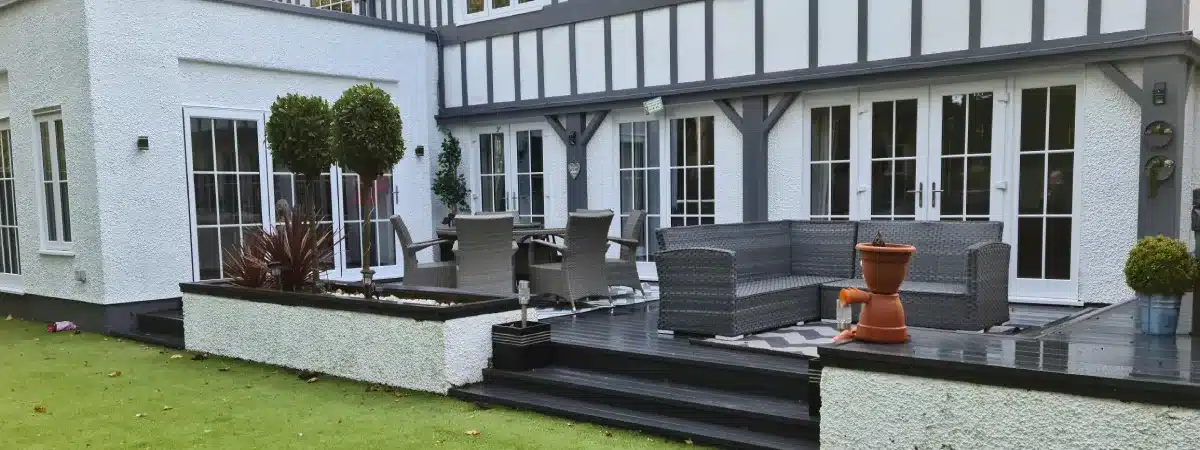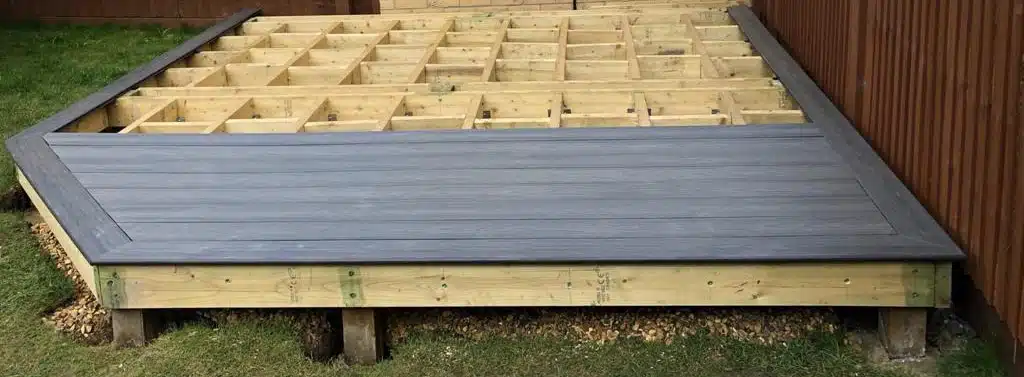How Do You Prepare the Ground for Composite Decking?
When purchasing and building a new decking area, one of the few things that most homeowners consider is durability. For families with kids and pets, scratches are unavoidable. Because of this, you will want scratch-resistant decking. For this purpose, many recommend using PVC decking. But the question is, does PVC decking scratch easily? Are there other options like composite decking that you can choose?
Is PVC Decking Scratch-resistant?
PVC, also known as polyvinyl chloride or vinyl, is a thermoplastic used to make decking boards. PVC decking materials consist of 100% plastic when compared to composite boards and are alternatives to traditional wooden and composite decking.
But is PVC decking scratch-resistant? PVC decking boards offer excellent scratch resistant properties compared to any other decking material. In general, they wont visually show signs of scratching compared to wood decking and even composites. They have a hard exterior surface, making them resistant to most forms of damage, including grazes and scratches. They won’t get damaged easily under normal circumstances.
However, it doesn’t mean that they’re completely scratch-free. Sufficient force can still leave terrible and unsightly marks on the decking’s surface. For this reason, you will want to minimise and avoid any potential causes of scraping on your decking.
How to Avoid Scratches on Your PVC Decking
Despite PVC being resistant to scratching, you will still want to avoid any potential risks that can damage your decking. Fortunately, there are various ways to protect your patio.
One of the main reasons why decking gets grazed is due to heavy furniture. As much as possible, use light furniture and fixtures on your outdoor patio. It’s also best to avoid the ones with metal footings, as they can easily scrape your decking. Carelessly moving objects around your decking can also be a potential cause for scratching.
If you do need to place heavy fixtures, you may want to consider getting furniture pads. Alternatively, you can use outdoor rugs. However, make sure to use ones with soft-backing.
While there are plenty of ways to prevent scratching, likely, you will still see a few marks here and there. So how can you remove them?
How to Remove Scratches on PVC Decking?
A disadvantage of PVC decking is that there are a few ways to remove, or at least hide, any signs of scratching. How you do it will depend mostly on the severity of the scratches. A solution used for PVC in general is using a hardwax filler on the area damage or marked and this can remove or hidden the visual appearance of the scratch.
The good news is new PVC decking boards are scratch resistant. Minor cuts and scratches shouldn’t be an issue, as PVC boards are highly scratch resistant, unless a large amount of pressure is applied, minor cuts and scratches should stay at bay during its early life span, again this does not mean PVC boards are scratch proof, this means they will resistant minor accidents and pressure.
PVC Decking Alternatives

If you’re not keen on using PVC decking, you can choose composite decking instead. Like PVC decking, it has the similar advantages, along with minor resistance to scratches. It’s also as durable and low-maintenance as PVC decking. However, if you want authentic touch and feel to your decking, a composite one is a better choice. It is more rustic and natural-looking, whereas PVC decking appears more polished and synthetic.
Some types of hardwoods also have high scratch-resistant, such as Ipe. While less resistant to scratches than PVC decking, you can also remove any visible signs of damage by sanding. Overall, there are many types of decking to choose from when considering scratch resistance, but the best in our view is PVC decking.
Can You Use a Magic Eraser on Composite Decking?



